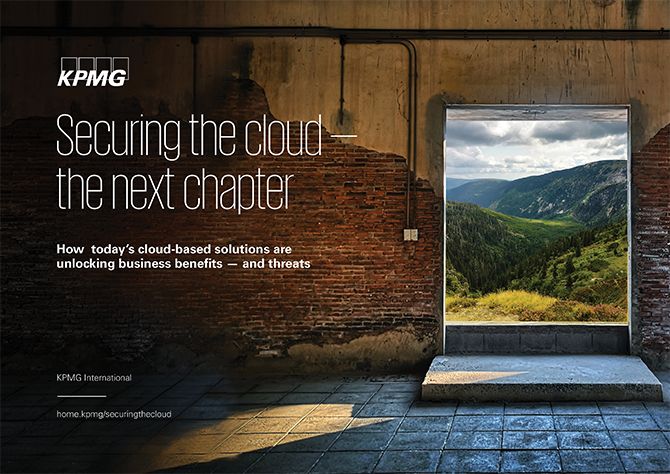The need for strategic vision
The migration to cloud solutions continues unabated and the COVID-19 health crisis has simply accelerated the race to innovate using an array of services that dramatically enhance productivity, capabilities and efficiencies. These outweigh the disadvantages of adopting such solutions but working in the cloud does not relieve your organization of data privacy and security concerns.
As technology and cloud solutions become more sophisticated, so do the efforts of hackers endlessly crafting creative new ways to access your sensitive data. With business turning to the cloud, now is the time to ensure these services are governed and monitored by corporate IT, risk and cyber security professionals who understand today’s emerging threats and regulatory requirements.
In Securing the cloud — the next chapter, we explore how the rapid adoption of cloud services during the pandemic has spotlighted the critical need for a strategic vision during every cloud adoption. We’ll examine how today’s new reality and threat landscape requires security teams to move beyond traditional approaches to effectively manage security and protect vital business assets. And uncover why your business should enact crucial steps designed to govern cloud-security solutions, to avoid opening the door to new attacks.

New solutions — increasing threats
Cloud has gone mainstream and, as the crucible of the new digital economy, innovative cloud services, platforms and infrastructure are delivering unprecedented scalability, flexibility and resilience for businesses of all sizes. For organizations pursuing workforce productivity gains, enhanced efficiency and new ways to meet rapidly evolving consumer expectations, cloud solutions are unlocking breakthrough capabilities.
As businesses migrate to various cloud services, security professionals have anxiously witnessed the increasingly sophisticated efforts of cyber criminals to exploit cloud technology that inherently broadens enterprise security challenges. Major cloud-service providers offer a formidable suite of security controls and cyber defenses that normally outperform typical network and application controls. But unless those controls are configured correctly and tuned to an organization’s threat landscape and security processes, they will not be effective. And unless security governance adapts to the culture and mindset shift that comes with cloud adoption and agile DevOps, the security team risks rapidly losing control of its estate. Adopting a false sense of security in the cloud can be costly.





